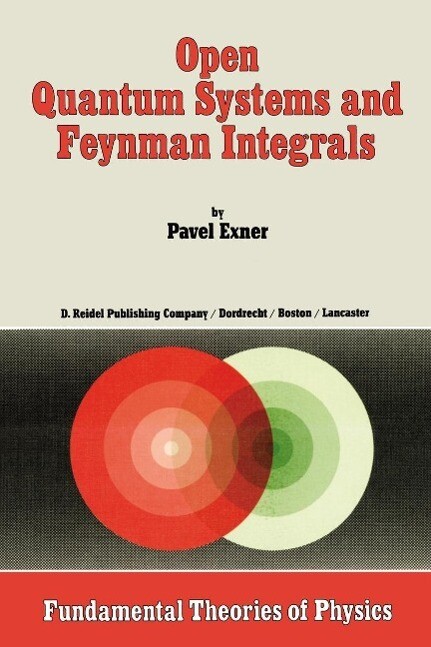Every part of physics offers examples of non-stability phenomena, but probably nowhere are they so plentiful and worthy of study as in the realm of quantum theory. The present volume is devoted to this problem: we shall be concerned with open quantum systems, i. e. those that cannot be regarded as isolated from the rest of the physical universe. It is a natural framework in which non-stationary processes can be investigated. There are two main approaches to the treatment of open systems in quantum theory. In both the system under consideration is viewed as part of a larger system, assumed to be isolated in a reasonable approximation. They are differentiated mainly by the way in which the state Hilbert space of the open system is related to that of the isolated system - either by orthogonal sum or by tensor product. Though often applicable simultaneously to the same physical situation, these approaches are complementary in a sense and are adapted to different purposes. Here we shall be concerned with the first approach, which is suitable primarily for a description of decay processes, absorption, etc. The second approach is used mostly for the treatment of various relaxation phenomena. It is comparably better examined at present; in particular, the reader may consult a monograph by E. B. Davies.
Inhaltsverzeichnis
1 / Quantum Kinematics of Unstable Systems. - 1. 1. Is There Anything Left to Study on Unstable Systems? . - 1. 2. Basic Notions. - 1. 3. Small-Time Behaviour. - 1. 4. The Inverse Decay Problem. - 1. 5. Semiboundedness and Other Properties of the Energy Spectrum. - 1. 6. Bounded-Energy Approximation. - Notes to Chapter 1. - 2 / Repeated Measurements on Unstable Systems. - 2. 1. Decay Law in the Presence of Repeated Measurements. - 2. 2. Periodically Structured Measuring Devices. - 2. 3. A Model: Charged Kaons in a Bubble Chamber. - 2. 4. Limit of Continual Observation and the `Zeno s Paradox . - Notes to Chapter 2. - 3 / Dynamics and Symmetries. - 3. 1. Poles of the Reduced Resolvent. - 3. 2. Friedrichs Model. - 3. 3. Bounded Perturbations of Embedded Eigenvalues. - 3. 4. Symmetries and Broken Symmetries. - 4 / Pseudo-Hamiltonians. - 4. 1. Pseudo-Hamiltonians and Quasi-Hamiltonians. - 4. 2. Maximal Dissipative Operators. - 4. 3. Schrödinger Pseudo-Hamiltonians. - 4. 4. The Optical Approximation. - 4. 5. Non-unitary Scattering Theory. - Notes to Chapter 4. - 5 / Feynman Path Integrals. - 5. 1. The Integrals that are not Integrals: a Brief Survey. - 5. 2. Feynman Maps on the Algebra ? (?). - 5. 3. Hilbert Spaces of Paths. - 5. 4. Polygonal-Path Approximations. - 5. 5. Product Formulae. - 5. 6. More about Other F-Integral Theories. - Notes to Chapter 5. - 6 / Application to Schrödinger Pseudo-Hamiltonians. - 6. 1. Feynman Cameron Itô Formu la. - 6. 2. The Damped Harmonic Oscillator. - 6. 3. The `Feynman Paths . - Notes to Chapter 6. - Selected Problems.
